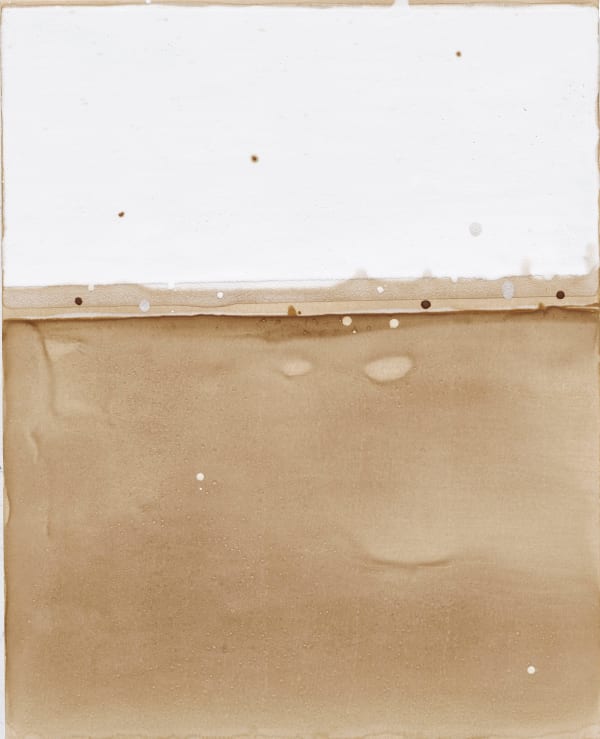Keun-Tai Kim Korean, 1953
Keun-Tai Kim consistently endeavors to transcend conceptual boundaries. When Korea’s art scene was dominated by inclination towards Western realism and hyper-realistic figuration, Kim's creations decidedly alluded to Dansaekhwa—an art movement characterized by monochromatic and minimalist paintings, where artists manipulate paint, paper, and materials, allowing these elements to speak for themselves.
Commencing his exploration with a blend of stone powder and adhesive in 1997, Kim has created the ongoing Discussion series, achieving flatness through the repetitive application of oil paint on canvas. The incorporation of stone powder originated from a desire to minimize brushstrokes. This results in a coarse yet rustic surface that echoes the texture of clay walls and harkens back to Korea's historical ceramics and porcelain works.
Kim's work reveals a nuanced beauty that unfolds over time, evoking the spirit of crafting hanji—traditional Korean paper. The artist meticulously coats the canvas surface, aiming to reach the essence, a state of purposeful emptiness. The repetitive, irregular brushstrokes and the deliberate exposure of imperfectly painted areas embody the artist's aspiration for a sense of tolerance, encouraging an embrace of life's inevitable scars.




